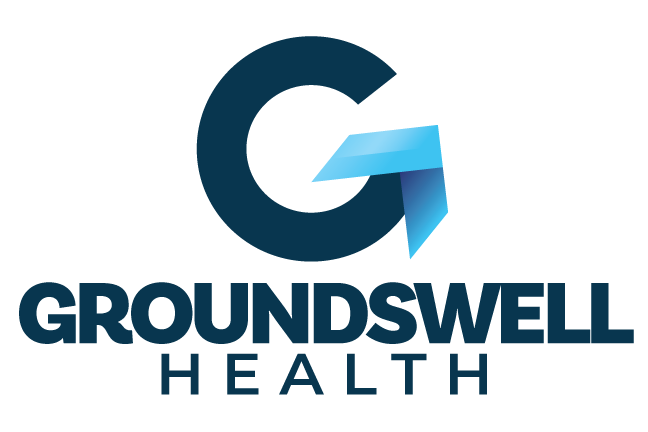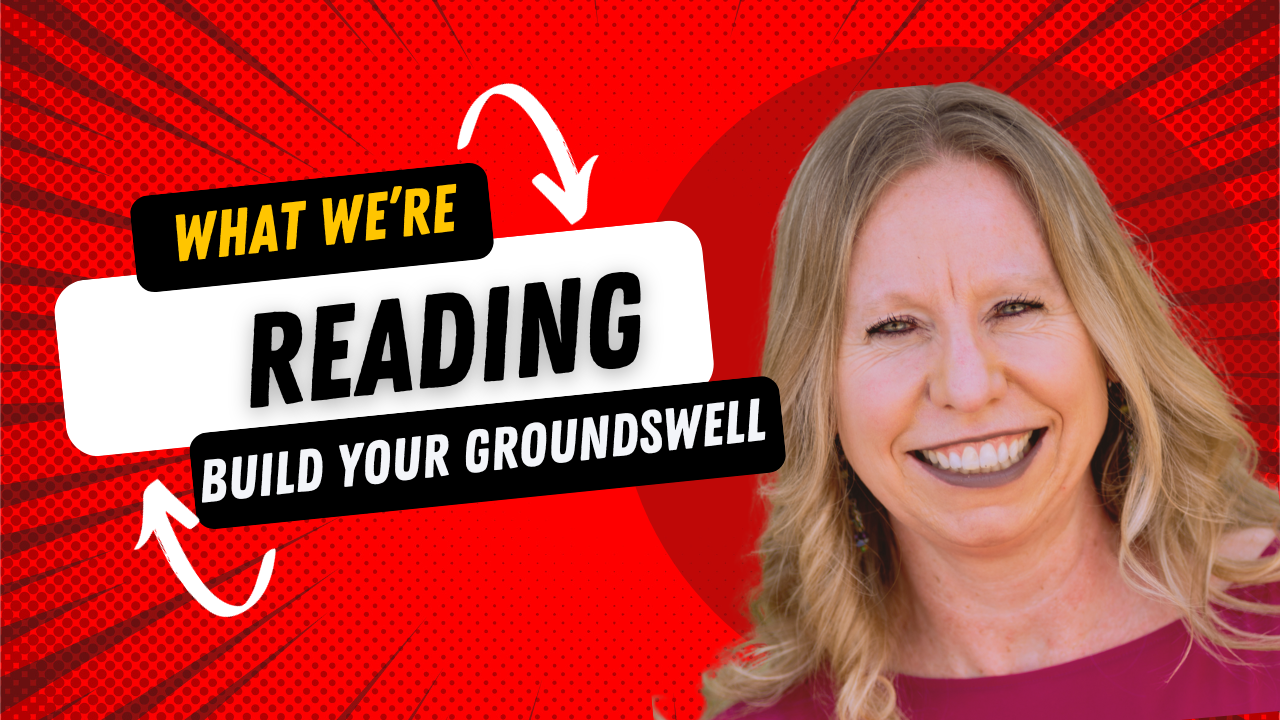Year end is a good time to assess with our teams what worked well and should continue and what are opportunities for improvement. One such area of assessment for hospital leaders is alignment of communications operations and tactics with organizational goals.
Communications professionals have a valuable skill set and access to an arsenal of high-powered messaging tools. Any health care organization that wants to increase patient volume, enhance brand perception, achieve policy or regulatory change or recruit and retain physicians and other health care professionals needs to purposefully engage them. Too often, however, communications teams are left out of key discussions about the organization’s goals or brought in only at the end as technicians to complete to-dos. The result is scattered, diffuse content and messaging without strong, purposeful calls to action.
Take social media content for example. Most hospitals have a presence on multiple social channels. Their content, however, is not unique or compelling to audiences. More often than not it’s generic health information, such as reminders of the importance of wearing sunscreen in the summer and how to avoid food poisoning over the holidays. This is all content available elsewhere. More importantly, it does nothing to achieve organizational strategic objectives.
Content marketing is a must-have strategy, but to be effective, it has to be in the service of the organization’s goals.
Our approach helps teams align, build purposeful content and achieve outcomes. Here’s what we do:
- Identify key goals, i.e. grow the number of patients receiving annual wellness visits.
- Provide background to communications teams on this goal, i.e. how a wellness visit differs from a physical exam and why it’s a priority.
- Develop three core value propositions to support the initiative, i.e. annual wellness visit is an opportunity to increase patient loyalty and identify other health care needs.
- Build A, B, C messaging.
- ‘A’ Stories = The “hook.” Can be a trend issue or featured news item, i.e., new survey shows most Medicare enrollees don’t get an annual wellness visit.
- ‘B’ and ‘C’ Stories = Important features or points you want repeated to ensure they become “sticky” in the public lexicon.
- B story: details promoting the core value propositions
- C story: call to action
Employing this strategy in 2020 will ensure your communications strategy is on the nice list this time next year.
Contact us to learn more about our unique approach for aligning communications teams and building a purposeful content marketing strategy.
See what else Groundswell Health is working on in healthcare >>
SAY LESS: Mastering the Art of Concise Communication #WhatWe’reReading
By Jovi Guerra, Communications Manager | Groundswell Health 📖 Smart Brevity: The Power of Saying More with Less Co-creators
Move Fast and Break Things is no way to Think About AI #WhatWe’reReading
By Steven Carr Communications Manager | Groundswell Health From Asimov to Heinlein to Cameron, I’ve read and watched all manner
The Business and Recent History of the New York Times #WhatWe’reReading
I’m an avid reader of news, in all forms. I particularly love newsprint still. I’m the one. It’s me. I
Pushing back against the daily grind #WhatWe’reReading
I’m mostly a fiction reader, but I have a particular affinity for the strategy and management articles in Harvard Business





